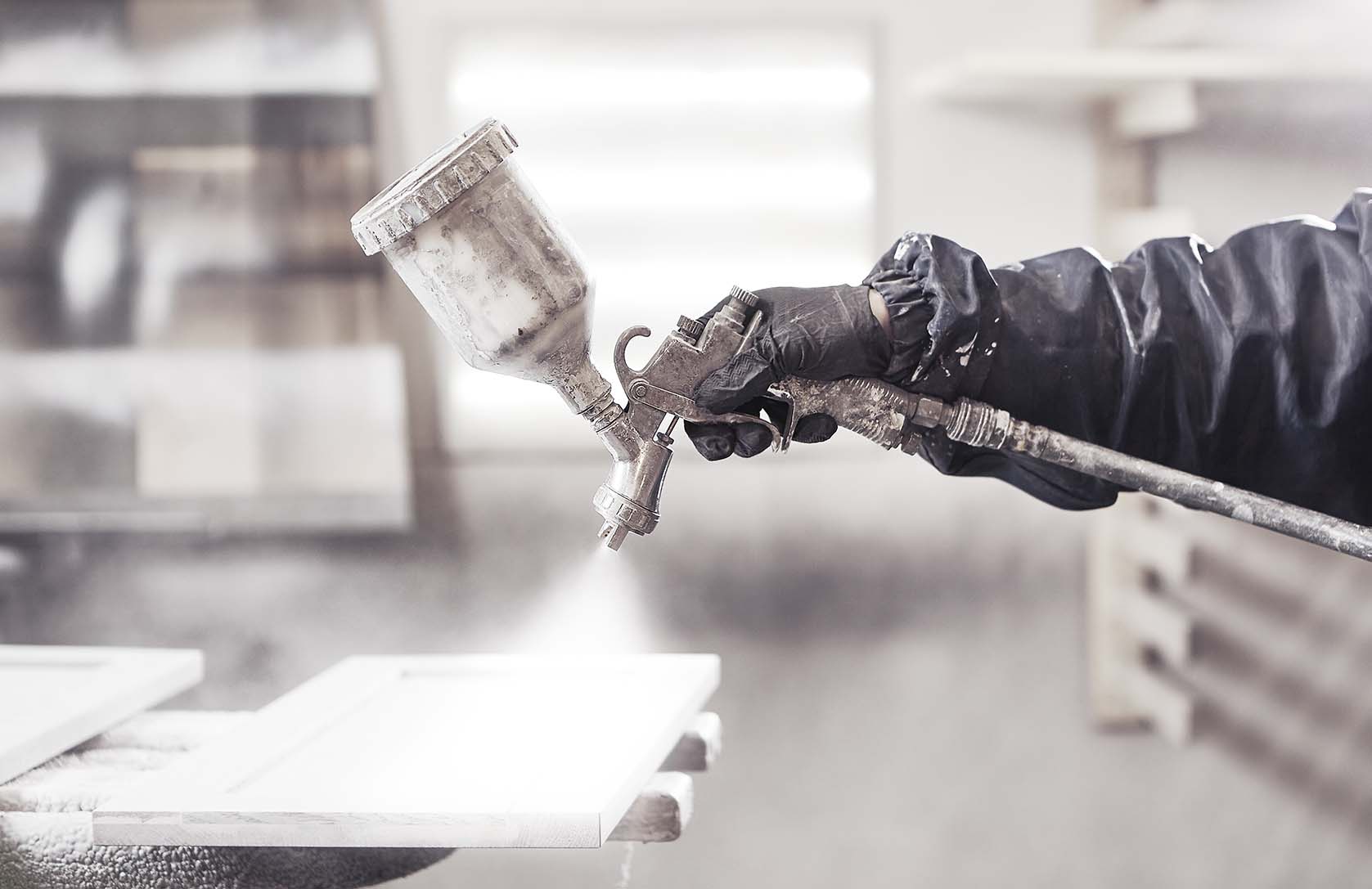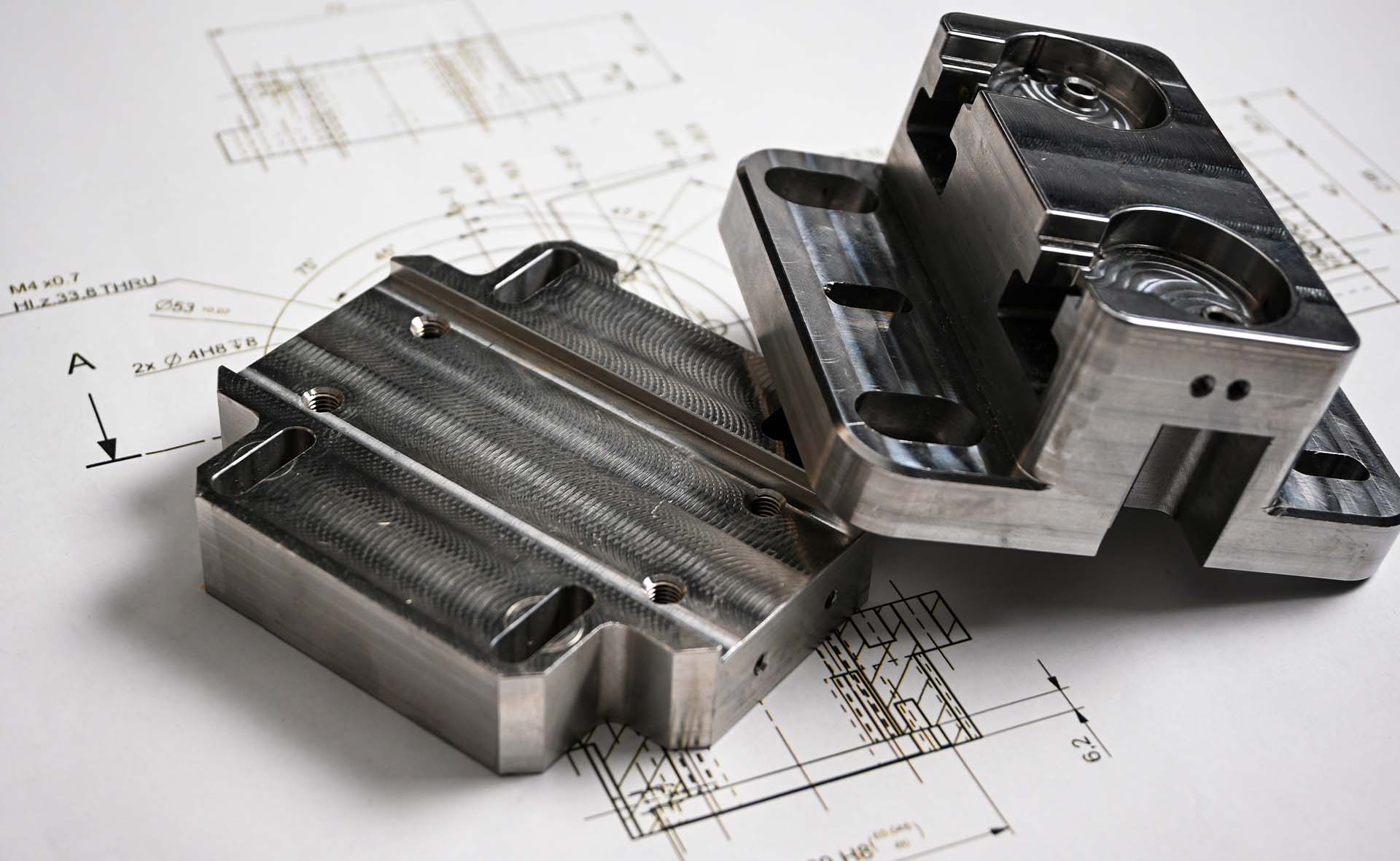How much does 3D printing cost? A 3D printed job can cost anywhere from a $0.80 per part to several hundred dollars and up. It can vary significantly depending on size, complexity and materials. If you’re looking to get your design 3D printed, it’s worth understanding why it costs as much as it does.
In this article, we take a look at how American, European and Chinese suppliers calculate the cost of a 3D printing job and factors that play an influence in the overall price of your project.
How the price of 3D printing is calculated varies from supplier to supplier. In this section, we’ve listed the three main approaches most 3D printing part suppliers adopt in their 3D printing calculation processes.
1. By cubic cm or cubic inch of a bounding box volume
This is a popular pricing method used in Europe and the US for powder bed 3D printing technologies and even SLA and FDM. In essence, a box is drawn around the object which defines the minimum space required to contain it, and the volume of the ‘box’ is calculated. A rate per unit is then used to calculate the cost of your part. On average, the cost is around $0.10 to $0.50 per cubic centimeter. For metal 3D printing, it’s anywhere from $10 to $100 per cubic cm.

2. Based on the cost per gram
Today, this is still the most common costing method used in China. The quoting process is pretty simple — work out the weight of the part using the 3D CAD data, multiply it by the material density then multiply again by the cost per gram. The rates vary from supplier to supplier. To give you an idea, at HLH Rapid, SLA materials start from $0.25 per gram and SLS (PA) is $0.45 per gram. In comparison, metal printing materials typically cost $3 to $10 and up per gram.
3. Based on the cost per hour
This method is most commonly used to calculate metal printed parts and 3D printing technologies with lower speeds. An experienced estimator will examine your 3D model and determine how long it will take to manufacture it based on the materials used and the complexity and density of the part.
Different cost-per-hour rates are used for different materials. For plastic 3D printing, rates can range from $15–60 or higher per hour in the USA and Europe, and $5–30 per hour in China. Metal and specialty materials like nickel based alloys have superior mechanical properties compared to others, which is reflected in the cost. It’s also worth noting that the hourly rate of a job can be influenced by factors like operating costs or additional profit markup.
The ‘total’ cost of 3D printing job is also influenced by factors such as post-processing. Post-processing of 3D printed parts is a labour intensive operation, and a necessary step for 99% of parts straight off the printer. Even if you decide not to add any surface finish to your part, some extent of labour is still required to remove supports or excess powder.

You can expect suppliers to use a markup percentage — most often a 10% markup on the 3D printing cost for common finishes and up to 25% for more specialised finishes like vapour polishing and anodising. They may also use a fixed, flat rate.
If you can establish a base rate from your supplier, you’ll be able to quickly and simply cost out any parts or designs you might have without having to wait for an official quote. Please note that the information in this article should only be used as a guide, and there may be some variation, but it is generally pretty sound.
Ready to get a quote? Submit your 3D CAD drawing (in .STL format) to our ‘get a quote’ form and our team will get back with a FREE quote within 24 hours or less.
